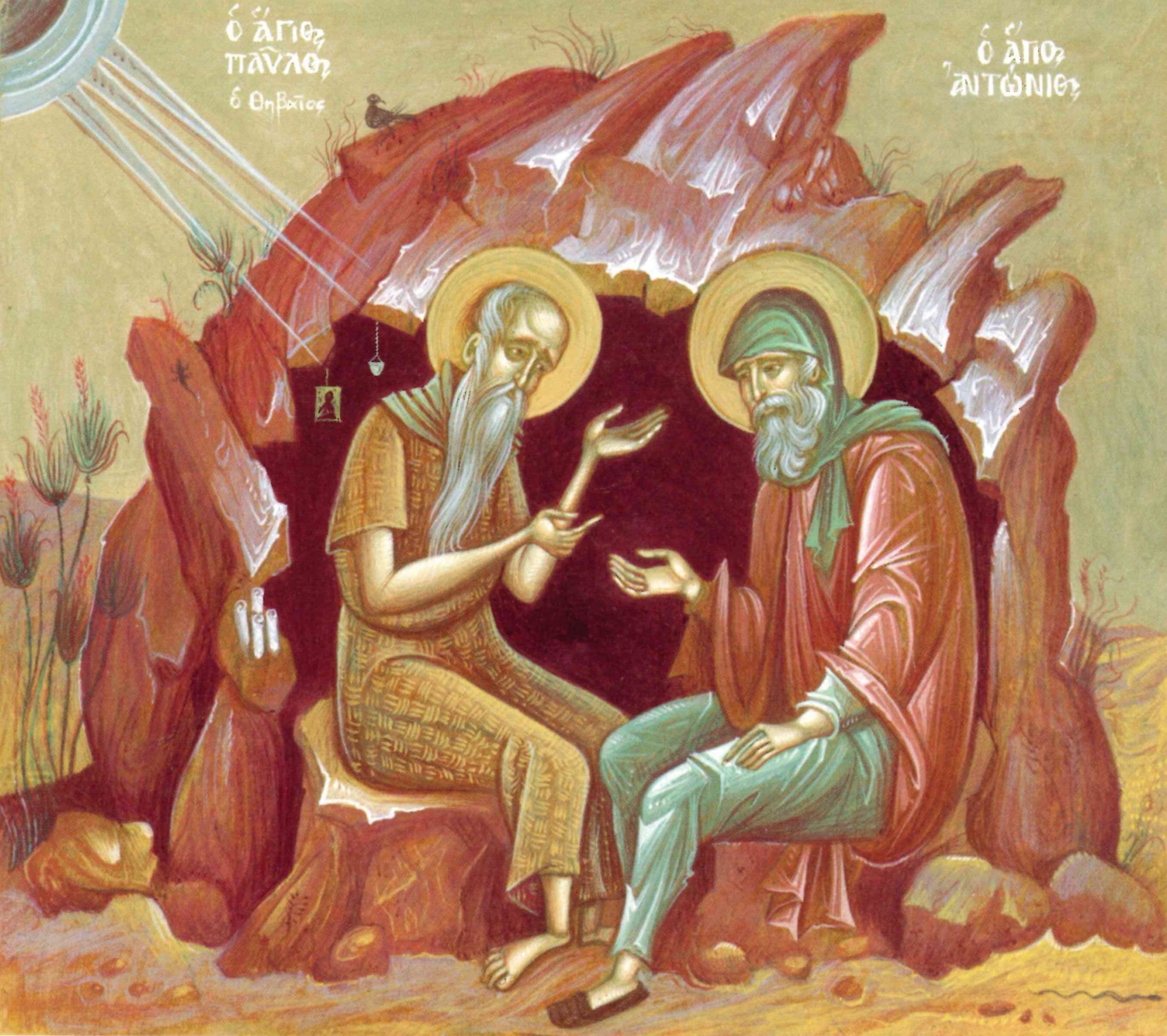
For every Orthodox Christian the ascetical life lies at the heart of prayerful practice and aspiration. Saints such as Anthony of Egypt and Paul of Thebes were the first to remove themselves to the desert in order to dedicate themselves to God. By the tenth century a number of monks had already founded small hermitages on Mount Athos in Greece, living the hermit life as devised by the first anchorites of Egypt.
Such a life is dedicated to the celebration of God, and of re-establishing the lost purity of the soul. A monk’s task is to enter into the life and spirit of our Lord Jesus Christ in an attempt to create a communion of souls wholly dedicated to living a life in Christ. Monastics are those who choose to follow with singular devotion and obedience the call of Christ.
A monk places his life at the service of such an ideal and so becomes a ‘lamp that gives light to the world.’ Hesychia or holy quiet, is his goal.
Under the care and guidance of the abbot Geronta Eusebios, the monks of Pantanassa attempt to live according to traditional Orthodox monastic ideals. Monastics are called upon to gently absent themselves from the world in order to pray for the world. Such is their obligation on behalf of us all.
St Paisios the Athonite would draw parallels between the mission of the monk to the service provided by the wireless transmitter. “The monks are the transmitters of the Mother Church, and therefore, if they withdraw, far from the world, they do so out of love, and in this way, they avoid the parasites of the world in order to have a better connection with God, and thus help the world more effectively. The irrational demand of some clergymen (and laypeople) that monks return to the world is similar to the demands of some foolish soldiers, who, when their unit is in danger, demand that the wireless operator leave his equipment and take up his rifle, as if the situation could be salvaged by adding one more gun to the other two hundred. While the wireless operator is shouting at the top of his lungs trying to get a signal, ‘Come in Central! Come in! Calling Central!’ the others think he is only sending a lot of useless words into the air. The shrewd wireless operators are those who do not listen to such chatter, even if they’re being chewed out. Instead, they struggle until they have obtained a connection in order to ask for immediate help from Central, and then the mighty powers arrive – the air force, the armoured tanks, the fleet, and so on. That’s how the situation is saved – not with additional rifles”.
A monastery is not a human society, but a continuous gathering of the brotherhood – in the church, in the refectory, at the various times it meets. It is a gathering which is one with the forward movement of the Church through the course of her history. It is an expression of the entire gathering of the Church, reproducing the prototype of this brotherhood as it was given to us by Christ and His Apostles. This included not only visible members, but also all those who would take their place beside them to make up the Church of the past and of the future. A monastery is therefore a symbol of the Church in her totality. It is the gathering of the Church herself concentrated and focused in one small place.



